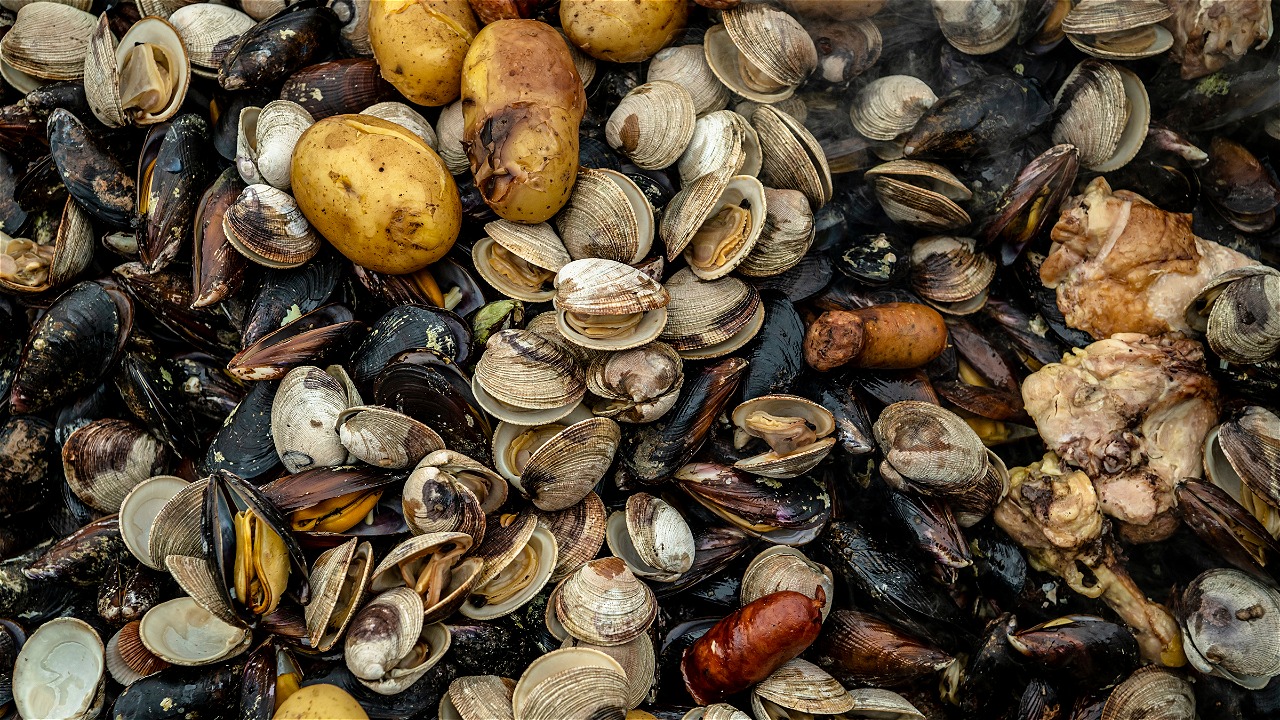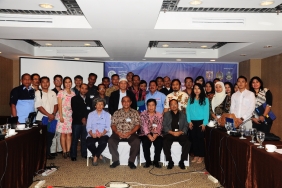PT. HATINDO SUKSES MAKMUR AND PT. 168 BENOA'S FIRST STEPS AS SEAFOOD SAVERS MEMBERS
By: Muhammad Maskur Tamanyira (Capture Fisheries Program)
As members of Seafood Savers, PT Hatindo Sukses Makmur (HTM) and PT 168 Benoa (168) are working together to fulfill their action plans to start the wheels turning for the improvement of the yellowfin tuna (Thunnus albacares) fishery in Sendangbiru, Malang. The site is one of the sources of fish for their management unit. As a first step, HTM and 168 organized a one-day training on Monday, November 2, 2015, entitled "Socialization of Export Standard Tuna Quality and Sustainable Resource Availability". The target participants of this activity were longline fishermen in Sendangbiru.
The material of this activity is divided into two main topics, namely regarding good tuna quality from the point of view of fish management units and exporters and brief training on the Better Management Practices (BMP) document for Tuna Fisheries with Line Fishing, issued by WWF-Indonesia. The event was attended by 27 participants representing the government (DKP, and Port Supervisor), Village Government (Mina Jaya Village Unit Cooperative), Law Enforcement Officials (Police and Navy Post staff) as well as fishermen and collectors who represent the main actors of tuna fisheries activities in this place. Goentoro Soepardi, as the head of Pondokdadap Beach Fishing Port representing the local government, opened the activity by expressing his appreciation to the private sector who took the initiative to show their attention directly to fishermen. The activity continued with the presentation of material on good tuna standards, seen from the management unit side by Komang Sri Maharani, as HTM Marketing Manager. She explained how the company assesses the quality of tuna, and the type of catch they will receive. This information is expected to improve fishermen's understanding of good tuna handling, from first handling to processing. In addition, the processor's policy of requesting products > 20 Kg is expected to convey the message to fishermen to reduce the capture of juvenile tuna.
The activity continued with the implementation of the BMP pre-test, to see the level of understanding of the participants regarding environmentally friendly tuna longline fisheries practices. The pre-test was then followed by material on good fisheries practices in accordance with BMPs, delivered by Muhammad Maskur Tamanyira from WWF-Indonesia. The importance for fishermen to complete administrative matters, logbooks and fleet permits at Pondokdadap Fishing Port, East Java was also conveyed in the activity.
The screening of a video on ideal tuna handling by industrial-scale fleets succeeded in increasing participants' engagement in the discussion. Joni and Heri, local collectors from Sendangbiru who also sell tuna to management units in East Java and Bali, asked about the possibility of such handling being applied to small fleets. This became pertinent due to the limited working space in the existing tuna fleet in Sendangbiru with a size of 7-17 Gross Tonnage (GT). Maskur recommended that the best option for small-scale fleets is to ensure the tuna is dead by piercing the tuna's brain and making an ice slurry (chiller). Most of the fishers present shared the opinion that tuna cannot be confirmed dead simply by hitting the head. There were several instances where the catch was found still moving on the deck of the vessel, or inside the storage bins. These conditions can cause the tuna meat to break apart and reduce the selling value.
A discussion on fish handling on the boat concluded the BMP training. Before heading to the end of the activity, a final test (post-test) was conducted to measure the participants' level of understanding of all the material presented. The calculation results showed an increase in the average score of participants by 3.4%, where the pre-test result was 56.46%, increasing to 59.96% in the post-test. The closing ceremony was followed by lunch with all participants and company representatives. Hopefully, the harmony built can be useful for fisheries improvement, both for the needs of companies as members of Seafood Savers and all stakeholders of yellowfin tuna fisheries in Sendangbiru.





